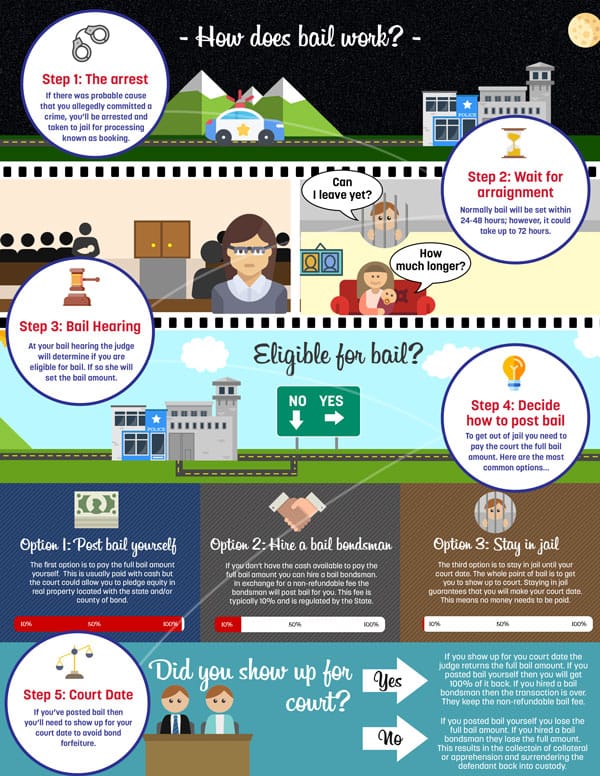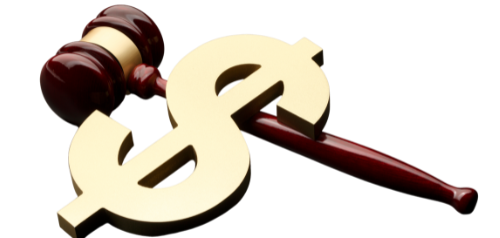How much does a bail bond cost in VA?
The cost to post a bail bond is generally 10% of the total bail amount. This amount is non-refundable. For example, if the bail amount is $10,000, you would pay a $1,000 premium to the bond company to post bail. Call 757-679-9235 for more Info.
What is Bail?
Bail is a set amount of money that acts as insurance between the court and the person in jail (the defendant.) Defendants have the option to pay their bail in cash, but many cannot do this.
Since bail is often set at a high amount, most defendants are financially unable to post bail by themselves. They seek help from a bail agent, or Bail Bondsman, who posts a Bail Bond for them.
What is a Bail Bond?
A Bail Bond is a type of surety bond provided by a surety bond company through a bail agent or Bail Bondsman that secures the release of a defendant from jail. There are two types of Bail Bonds:
Criminal Bail Bond: used in criminal cases and guarantees that a defendant appear for trial when called upon by the court and guarantees payment for any fines or penalties that are decided against the defendant.
Civil Bail Bond: used in civil cases and guarantee the payment of the debt, plus interest and costs, assessed against the defendant.How do Bail Bonds Work?
A judge sets a bail amount. If the defendant cannot pay the bail amount on their own, they can seek help from a Bail bondsman in the form of a Bail Bond.
To post a Bail Bond, a defendant is usually required to pay a Bail bondsman 10% of the bail amount.
The Bail bondsman will then secure the rest of the bail amount in the form of collateral. If the defendant does not have enough collateral, the Bail Bondsman might seek out relatives and friends to assist in covering the bail.
Often times, an additional cash payment plus full collateral is required for a Bail Bond to be posted.
What happens next depends on if the defendant appears in court after being released.
If defendant fails to appear in court: The Bail Bond is forfeited and the court requires the remaining 90% of the bail to be paid. The Bail Bondsman will use the defendant’s collateral (house, jewelry, stocks, etc) to pay the court the remaining bail amount.
If a defendant does appear for court: Upon conclusion of the court case, the Bail Bond is dissolved and the collateral is returned to the person who posted it. The Bail bondsman keeps the 10% cash fee as profit.Bail Bond Example
For example, John is arrested. The court set John’s bail at $10,000. John wants to be released from jail but he does not have $10,000 in cash, so he seeks help from a Bail bondsman to post a Bail Bond for him.
The bondsman requires $1,000 to post a Bail Bond for John, thus releasing him from jail.
For the other $9,000 of bail, the bondsman secures collateral from John and/or John’s family. Collateral could be in the form of a car, a house, jewelry, etc.
As long as John appears at all necessary court dates, the Bail Bondsman requires no more money and the Bail Bond is dissolved at the conclusion of John's case. John's would get his $9,000 in collateral returned, but he would not get the $1,000 back; the bondsman would keep this as profit.
If John does not appear in court, though, the bondsman would have to pay the court the remaining $9,000 of bail. To do this, the bondsman would use John's collateral.If John had posted the $10,000 in cash, he would be entitled to a refund at the conclusion of the case, regardless of the outcome.
If you would like more information on the Bail Bond process.
Call 757-679-9235 for more Info.

 Previous Post
Previous Post Next Post
Next Post
